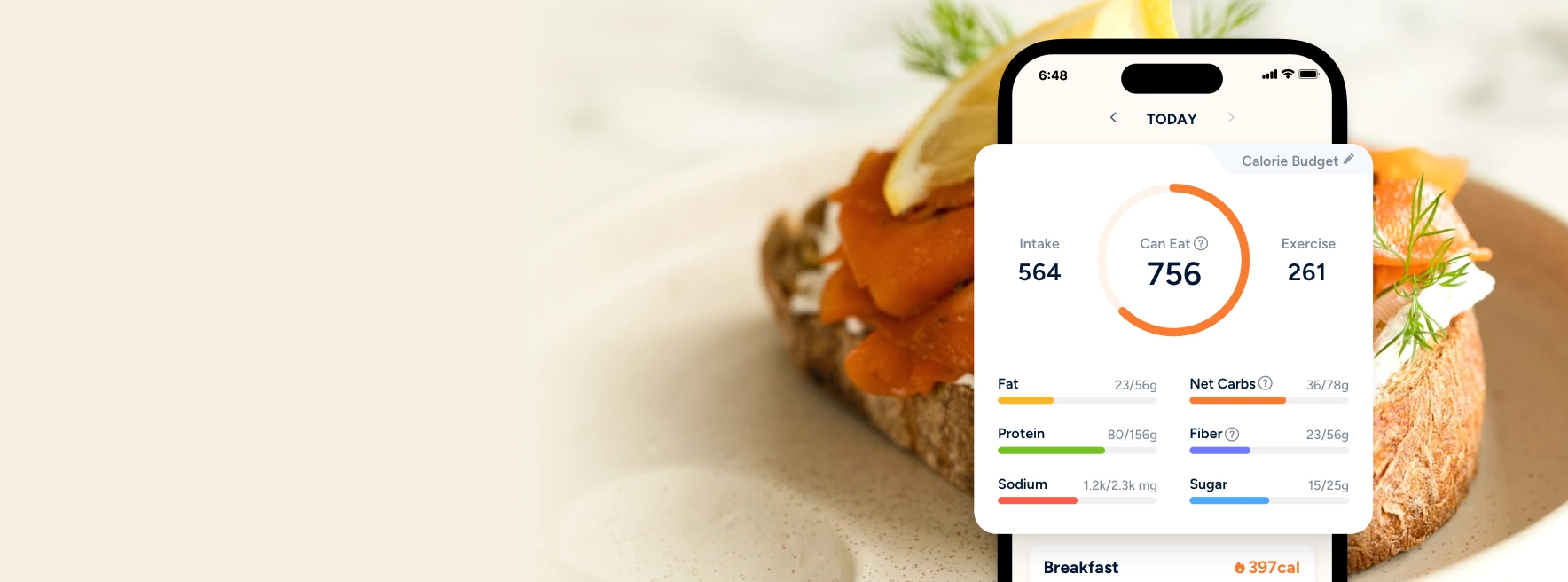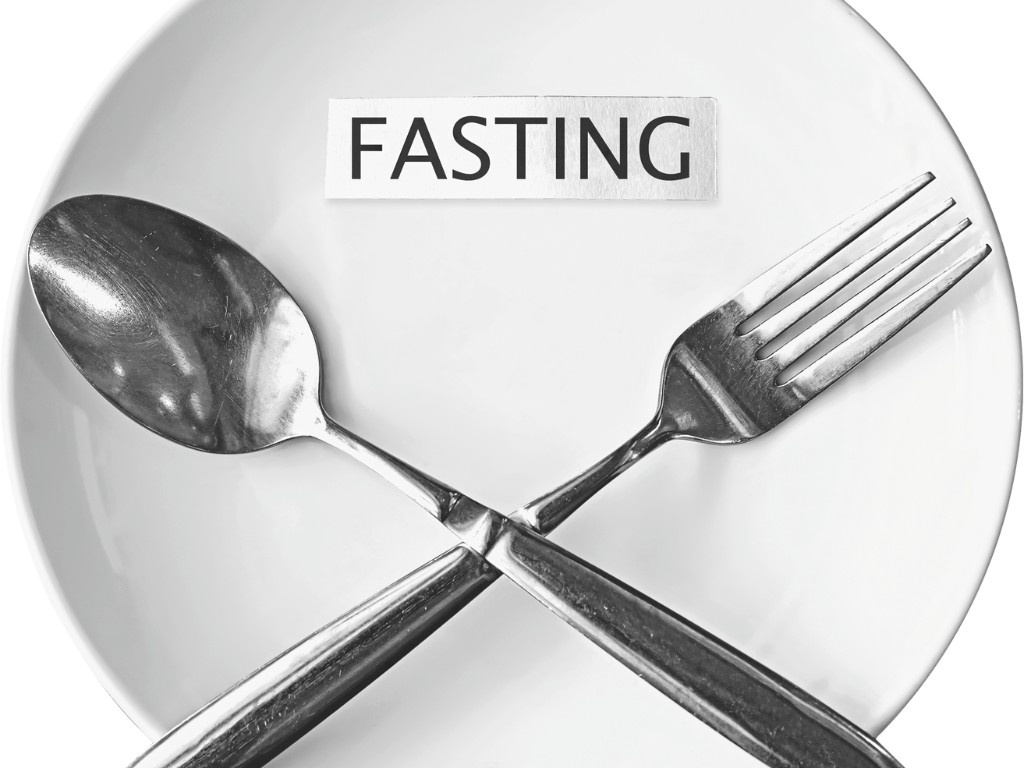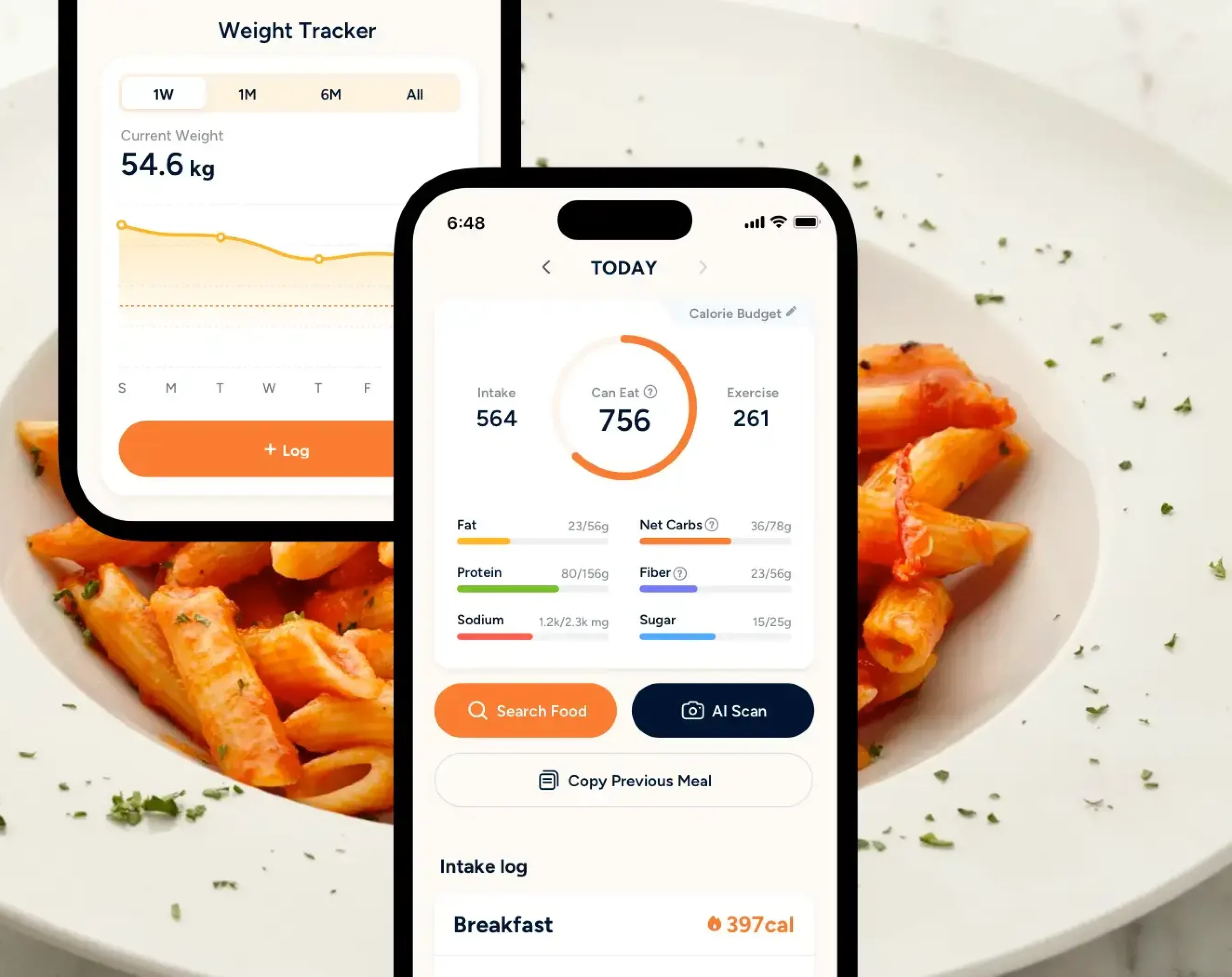You’ve probably heard about the different types of fasting that have popped up over the years, with celebrities and influencers alike touting their health benefits. Two of the most talked about types of fasting on platforms like TikTok include intermittent fasting or water fasting. However, recently, there’s been another type of fasting that is seemingly more intense and also more controversial: dry fasting.
Compared to traditional fasting, which usually allows water intake and sometimes non-caloric beverages, dry fasting restricts both food and liquids. If you’re curious to know what it’s about, then this guide will walk you through what it is, the benefits, risks, and whether it’s right for you.
Key Takeaways
- Dry fasting is a form of fasting that requires you to abstain from both food and water during a fasting period.
- It’s not the same as water fasting where you are still allowed to drink water.
- The benefits of dry fasting include weight reduction, lowered cholesterol and triglyceride levels, lowered inflammatory markers, better metabolic health and enhanced digestive health.
- You can attempt to dry fast if you are observing a religious or cultural practice, if you have metabolic syndrome or if you’re under strict medical supervision. However, it is advised for you to do it with extreme caution and to ensure that you seek the advice from a healthcare professional.
What is Dry Fasting?

Dry fasting refers to a more restrictive form of fasting. Unlike regular time-restricted eating or intermittent fasting, dry fasting requires you to abstain from both food and liquid for the time that you are fasting. This is sometimes referred to as absolute fasting.
It’s similar to what Muslims do during Ramadan. They abstain from all foods and drinks from sunrise till sunset as part of religious practices. Dry fasting is often part of religious practice. That being said, you can still do intermittent dry fasting even if it’s not for religious reasons.
Stages of Dry Fasting
Unlike other types of fasting, there are no hard rules or “stages” per se when it comes to practicing dry fasting. You essentially have to remember only one thing: abstain from eating or drinking any food or liquid during the fasting window.
Depending on the individual and the reasons for fasting, this could be 12 hours or more, based on how long you want to fast. Usually, beginners may want to start with a few hours of dry fasting before attempting longer periods, in order to see how their body reacts and mitigate any possible side effects.
You can proceed to eat and drink as you normally would when it reaches your eating window period.
Dry Fasting vs Water Fasting: What is The Difference?
Water fasting, also known as a wet fast, is a fasting method. You are not allowed to eat or drink anything except for water. Water intake is allowed during water fasting, but not during dry fasting.
Due to the nature of dry fasting, water intake is restricted, which in extreme cases can increase the risk of dehydration. Additionally, there is no fixed period for how long you should be doing a water fast. However, you are recommended not to fast for more than 24 hours at a time.
Prolonged fasting can lead to side effects like weakness, digestive issues, or fatigue. And in the extreme case of dry fasting, being unable to drink water can further increase the risk of health complications.
Benefits of Dry Fasting for Weight Loss
A few studies have discussed the potential health benefits of adopting this fasting method [1].
These benefits include:
- Significant weight reduction
- Lowered blood cholesterol and triglyceride levels
- Lowered inflammatory markers
- Better metabolic health
- Enhanced digestive health

Weight Loss Has Never Been Easier
Get accurate nutrition info instantly. Keep track of your progress.
Download Eato For FreeWho Should Dry Fast?
Due to the restrictive nature of dry fasting, it’s not recommended for most people. Especially, those with nutritional deficiencies or existing health conditions. Currently, clinical trials and scientific evidence on the safety and efficacy of dry fasting are limited. This is particularly for individuals with chronic metabolic diseases.
However, some people may still want to try it. Here’s who can try dry fasting. This is provided that it is done with extreme caution and upon getting a green light from a healthcare professional:
- Those with metabolic syndrome
- Those under strict medical supervision (Individuals with chronic metabolic diseases face increased risk. They should only attempt dry fasting under medical supervision.)
- Those who are observing religious or cultural practices
Risks and Complications of Dry Fast

While fasting may offer numerous health benefits, it also carries risks and complications. Individuals with poor nutrition or health issues should be aware of these risks before deciding to go on a fast. Dry fasting carries an increased risk of dehydration and related complications.
In severe cases, there can be a risk of fainting spells, dehydration issues, electrolyte imbalances, or unusual heart rhythms. Dehydration goes beyond just “feeling thirsty” and can become a life-threatening condition if not addressed promptly.
The main risk of dry fasting or any other type of fasting is that it can cause certain side effects to occur, especially when you fast for a prolonged amount of time. Side effects may include weakness, digestive problems, and fatigue [2].
For diabetic patients, dry fasting can lead to two major complications, which are hypoglycemia and hyperglycemia. Hyperglycemia may occur with overeating during the non-fasting period, whereas hypoglycemia would occur during the fasting window.
It is also not recommended for women to fast while pregnant, due to the current limitations of studies and lack of evidence that supports the safety of fasting during pregnancy.
Unfortunately, there is not enough research to fully understand the long-term risks and safety of dry fasting.
Who should not fast?
Based on the risks and complications, the group of people who should avoid dry fasting is:
- Individuals with chronic illnesses ( e.g., diabetes, heart disease or kidney problems)
- Pregnant or breastfeeding women
- Young children
- Older adults
- Those with a history of eating disorders
- Individuals taking medications that may interact with fasting
How to Do a Dry Fast
To know how to start dry fasting, here is a basic, beginner-friendly guide for you to follow:
1. Start with an easier fasting method
Other types of fasting methods, like the 16/8 or 14/10 intermittent fasting diet is comparably easier to maintain, especially if you are new to intermittent fasting as a whole. Your body will need time to adjust to your new eating habits and patterns, so easing into dry fasting via intermittent fasting with longer eating windows will make it easier to do so.
2. Prepare your body a few days in advance
In order to make your transition into dry fasting, or intermittent fasting in general, easier, start clean eating. This means having to cut back on your caffeine consumption, sugar, and processed foods like chips or fast food. Other than cutting down on processed and ultra-processed foods, you need to supplement your diet with fruits (preferably with a high water content) and vegetables.
3. Ensure that you stay well-hydrated
Hydrate yourself before you begin the dry fast, and take sips throughout the day. Avoid chugging large amounts of water at once due to water intoxication, which happens when the levels of electrolytes in your body become unbalanced. Additionally, you can monitor your metabolic changes, weight loss (or gain), and blood glucose levels to track the changes happening in your body as you do the dry fast.
4. Avoid strenuous physical activity
Your body will not have as much energy as before, due to the lack of food sources. Opt for a low-impact sport (like walking) that allows you to keep up your heart rate without the risk of over-exertion, rather than intense workouts or activities that drain your energy excessively. Remember to always start slow and build up to it, and adjust based on your comfort levels.
5. Break your fast gently
When you break your fast, it is extremely important for you to introduce food slowly. Rather than opting for a dish with high sodium levels or oil, go for something light and hydrating (fruit, broth, etc). In extreme cases, you may be at risk of refeeding syndrome, which may cause symptoms like seizures, fluid imbalance, or even death.
6. Listen to your body
As mentioned above, always listen to your body. Unfortunately, dry fasting is not for everyone despite its straightforward nature of fully eliminating food and water. Always consult with your doctor if you plan to fast, especially if you have any underlying conditions. The types of signals you may get from your body when fasting include: feeling lightheaded, dizzy, or overly fatigued. If you feel those symptoms, stop fasting and rest. Being able to tell your body’s signals is more important than the number of hours on your fasting schedule.
What kind of results can you expect from dry fasting?
If you are fasting for purported health reasons like weight loss, lowered blood pressure, and improved insulin resistance, the “visible” change may not happen immediately. It may even take weeks or months to see a visible change, especially if you have a higher body mass index. For individuals with increased body mass index, the effects of dry fasting on inflammation-related cytokines may vary, and more research is needed to fully understand the long-term effects.
How to Break a Dry Fast
Once you’ve hit your fasting goal, it does not mean that you should jump straight into a hearty, dense meal. In fact, you should start with sips of water or non-caloric beverages before gradually working up to nutrient-rich foods, to prevent “refeeding syndrome” in extreme cases.
This is essential to avoid serious complications like dehydration, kidney stones, or electrolyte imbalances. Once you’ve hydrated yourself, consume small, frequent meals that include healthy fats, complex carbohydrates, and protein. Previous studies suggest that careful planning and gradual refeeding are key to minimizing risks and supporting a healthy transition out of the fasting state.
Lastly, whenever possible, monitor your health markers (blood pressure, BMI, and glucose metabolism) as you break your fast. In that case, you will be able to better identify any potential issues early and bring up any concerns to your doctor more easily. Ensure that your approach to dry fasting continues to support your overall health and well-being without the risk of endangering yourself.
The Final Takeaway: Should I Try Dry Fasting?
While some personal anecdotes claim benefits like reduced inflammation and better mental clarity for fasting, it also comes with higher risks and should not be done if you fall into certain health categories. Always make sure you listen to your body and seek advice from a healthcare professional before any attempts.
If you are exploring fasting or other nutrition strategies for the first time, the Eato app can help to guide you along. Eato helps you track your meals, calories, and progress in real time so that you can make better health decisions safely and effectively.

Smarter Nutrition Tracking
Track calories and over 100 other nutrients all in one place.
Download Eato For Free



